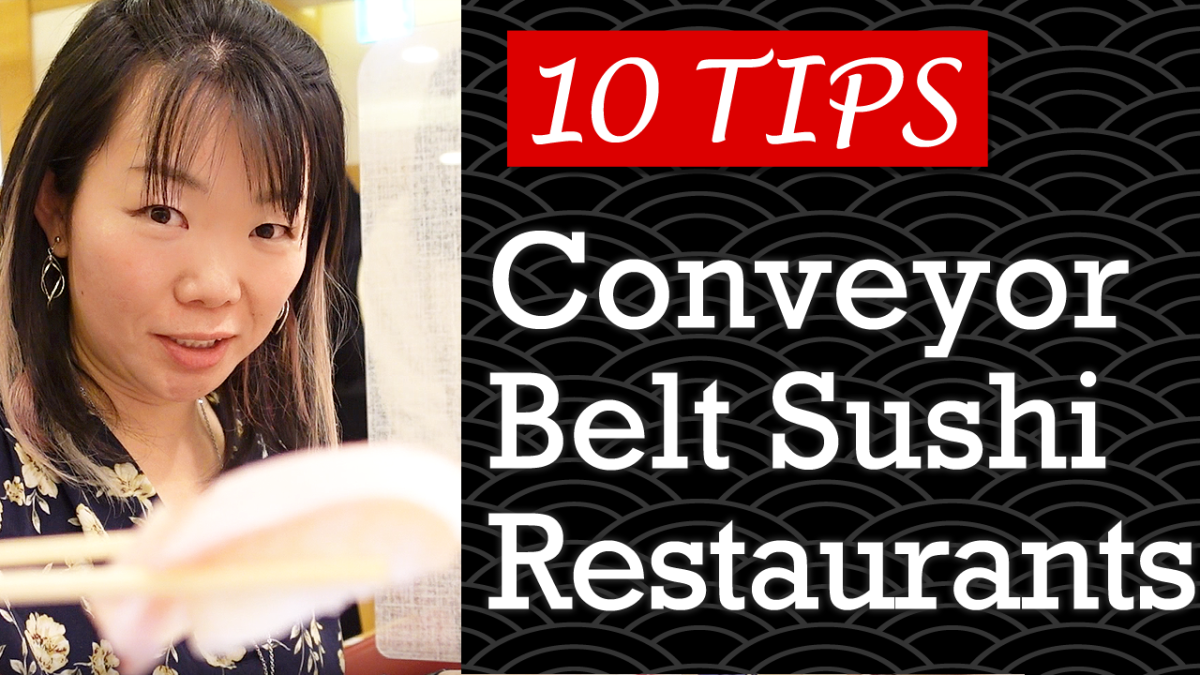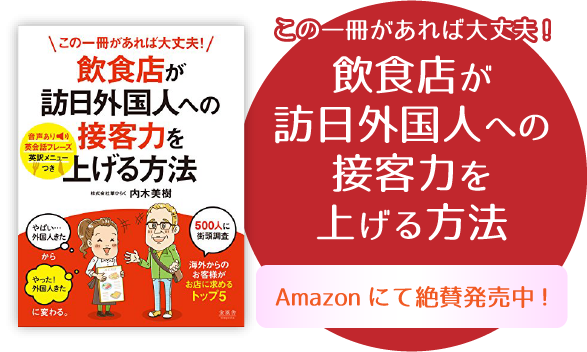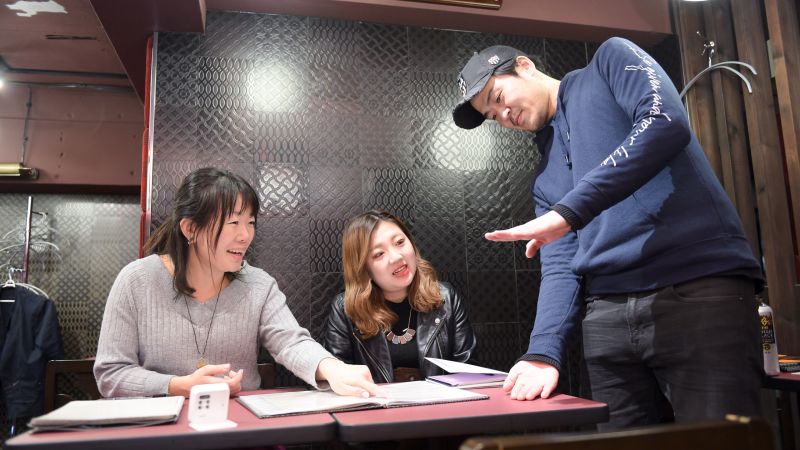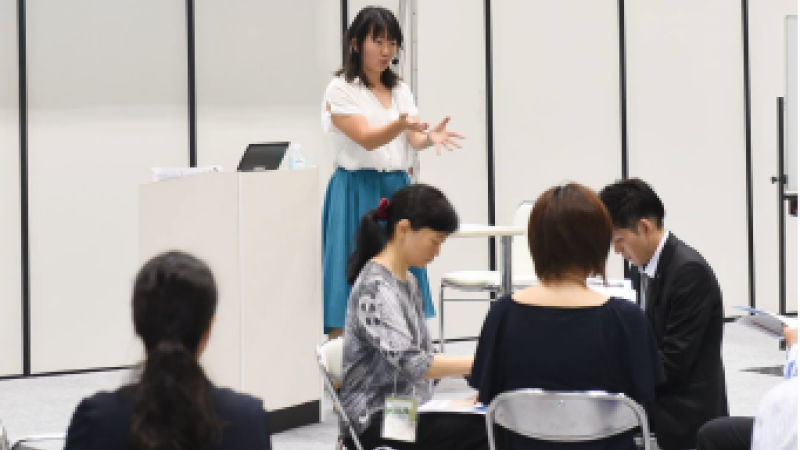-
2021年3月4日
10 Tips You Should Know about Conveyor Belt Sushi Restaurants

10 Tips You Should Know about
Conveyor Belt Sushi Restaurants
Hi, my name is Miki. I’m an expert of Japanese restaurant inbound. I have been interviewing over 1,600 foreign visitors to Japan and listening to their voices including problems or confusions they have faced at Japanese restaurants. In the interviews, I sometimes received their opinions that “I visited a restaurant all the way from my country, but I could not enjoy the place very much.” due to cultural or language differences. For example, conveyor-belt sushi restaurant. For any first-time visitor, there are a lot of unknown things such as how to make green tea, how to order, or what does “Fatty” mean in “Fatty tuna”?. So, this video shows you how to enjoy conveyor-belt sushi in Japanese style.
1. How to enter a restaurant (until you take a seat)
- An employee asks you about the number of people and then takes you to your seat.
- If you input the number of people in a machine, it outputs a slip of paper specifying your number. When your number is displayed, you are taken to your seat.
Anyway, not taking a seat by yourself but waiting until you are guided by an employee is a basic manner. Please note that you should not take a seat on your own without permission even if a table is available.
2. How to make green tea
Generally speaking, at Japanese restaurants, a glass of water is served to each of you without your ordering it, but, as far as I know, no water is served at any conveyor-belt sushi restaurant. Instead, there are water machines somewhere in the house, and on each table, you will find green powder and a tap like this. Cups for green tea are over your head or on your table. How to make green tea is very simple. You have only to put a spoon of green powder in your cup, and then pour hot water into it. This green tea is free of charge and you can have free refills as you like. If you drink it up, please make another cup of tea by yourself. By the way, please be careful not to burn yourself as this hot water is very hot.
3. How to pick up sushi
All you have to do is pick up any sushi moving around without ordering it because it is conveyor-belt sushi. However, in picking it up, you have to follow 2 rules.
① Timing
Picking up sushi coming to other person’s seat is a breach of manners. Please be sure to pick it up at the time when it comes to your seat.
② Non-returnable
Once you pick up any sushi, you have to take responsibility for it, and eat it as manner dictates. Even if you didn’t touch the sushi, you must not return it onto the lane.
4. How to order sushi
Sushi moving around is not always sushi you wish to eat. So, you can order any sushi you want, as needed. How to order sushi varies from restaurant to restaurant, but in general, there are 3 methods as follows.
① Order by paper
There is an order form on your table or counter. You put the number of sushi you wish to eat next to the name of fish, and then hand it over to a chef behind the counter.
② Order by tablet
A tablet like this is on your table. In most cases, you can select any available language you wish to use, so please place an order after changing the language settings.
③ Order orally
There are many sushi restaurants in Tokyo where you can place an order in English such as “scallops” or “amberjack”. If the chef cannot understand the English name of fish you said, just try to ask any Japanese visitor next to you for help. That person may not speak English fluently, but will surely strive to help you. If you want to place an order in Japanese since you came all the way to Japan, just try to say “Kudasai”. “Kudasai” means “Please”. Using this word makes your Japanese expressions very natural and polite. The term “Kudasai” comes after a product name. For example, “Scallops kudasai” or “Amberjack kudasai”.
For your information, as for nigirizushi or hand-shaped sushi, there are 2 pieces on a dish. So, if you order “2 salmon”, 4 pieces will be served, so please be careful!
5. Wasabi (Japanese horseradish)
Basically, sushi served at conveyor-belt restaurants has no wasabi or Japanese horseradish. That is because they are the places also for small children to visit together with their parents. Therefore, if you wish to eat wasabi, you put it on sushi by yourself. At some restaurants, a bag of wasabi is on the table or on the lane, while at other restaurants, you have to say “Wasabi please” to the chef.
6. What is “Fatty”?
In major cities like Tokyo, Osaka and Kyoto, English menus are available at many restaurants. When you look at the menus, you may often see the term “fatty”. For instance, “Fatty tuna” or “Fatty salmon”. “Fatty” may not be an appetizing word for many people. It means “Marbled”. That is to say, “Marbled tuna” or “Marbled salmon”. Replacing “Fatty” with “Marbled” sounds more tasty, doesn’t it? At a lot of sushi restaurants, the term “Fatty” is used, so if you see “Fatty”, please automatically convert it into “Marbled”.
7. How to eat sushi
Put a little bit of soy sauce on the ingredient, not on rice. Eat wasabi by putting it on the ingredient, not by dipping it in soy sauce. Strictly speaking, there are various ways of eating sushi such as eating it by hand, but conveyor-belt sushi restaurants are casual places. So, you can eat sushi as you like. Because eating deliciously is more enjoyable than eating correctly, isn’t it? By the way, when you make payment, an employee counts the number of dishes you have eaten to calculate the payment amount. So, please be sure not to return any empty dish onto the lane. However, at Kura Sushi, each table has a hole like this to clear empty dishes away. You can put the dishes into the hole before making payment.
8. Gari (Pickled ginger)
Pickled ginger is called “Gari” in Japanese. Gari is served to freshen your mouth. You can freshen your mouth with gari, to prevent any flavor of fish you have just eaten, from remaining in your mouth when you eat another fish. Gari is on your table. Please eat it by putting as much as you want on your dish. I always put a lot of gari on a dish with sushi and eat it little by little, while some people eat it by putting it on a soy sauce dish. Gari is accompanied by tongs without exception. Please be sure not to use your chopsticks, but use tongs instead to pick up gari for sanitary reasons.
9. Prices
Some restaurants set the same price for all dishes, while other restaurants set different prices for dishes based on their colors. The prices for dishes are always displayed somewhere in the restaurant. A lot of restaurants do not use Arabic numerals but Chinese numerals, which may be difficult to read for foreign visitors. In such case, Google Translation is very helpful for you.
10. Payment method
In most cases, you should make payment not at your table but at the cashier. So, you have to conduct the following procedures to have the check.
- Tap a “Payment” button on your tablet.
- Call an employee.
In either case, an employee comes to your table to count the number of dishes you have eaten and calculate the payment amount. After the calculation, the employee hands a paper or tag over to you. Then, please go to the cashier for your payment. This payment method is the same as other kinds of restaurants.
How did you enjoy conveyor-belt sushi in Japan? You may be puzzled because ordering system varies by restaurant, but you can experience such puzzlement only if you visit a different country, right? So, I recommend you to enjoy the conveyor-belt sushi in Japan including your puzzlement or confusion. Don’t worry! You won’t have any problem as long as you obey manners or rules at a minimum, even if you do something the wrong way. I would be very happy if you could really enjoy your travel in Japan and think “I will absolutely come back to Japan!”.





